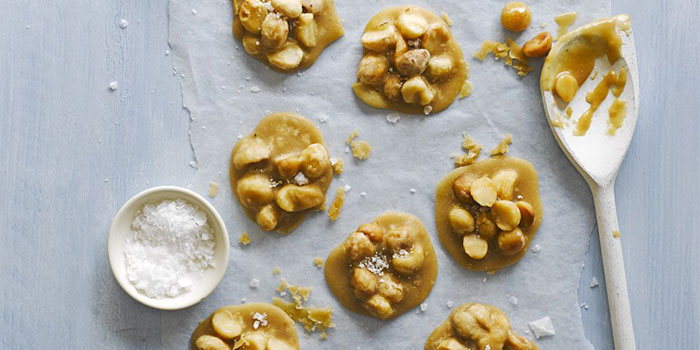
Pronounce it: sol-tid ka-rah-mel
These two words are among the most over-used, misunderstood and thus potentially most disappointing in the current world of cooking and eating.
Caramel is simply sugar that has been melted over heat until it colours. Most traditional makers added a little salt, giving a slightly wider spectrum of flavour, but you would never have known or identified the salt content. You still can’t in most products calling themselves salted caramel.
Salted caramel, as in salted herring or salted popcorn, should promise and deliver the taste of salt and yet only a tiny percentage of salted caramel sold does this; these products seem to assure something new, something salty as well as tasting of caramel, but do not deliver. Those that do are a revelation, especially from makers skilled enough to strew in salt flakes, so there are distinct bursts of salt on the palate rather than something general. These tiny explosions brighten the experience and astonish the senses.
Choose the best
There’s no way of knowing other than buying and trying.
Store it
Depends what the product is, brittle and snappy, a soft fudge or popcorn, an ice cream or salted caramel brownie… Cool and dry is best for baked products and confectionery – all should be eaten up very soon.
Cook it
Anyone can make caramel. And then you might add fruit juice or cream, butter or liqueurs. Next time, taste carefully when it is cool enough to do so, and consider adding salt until it appears on the palate.
Be the first to comment on "Salted caramel"